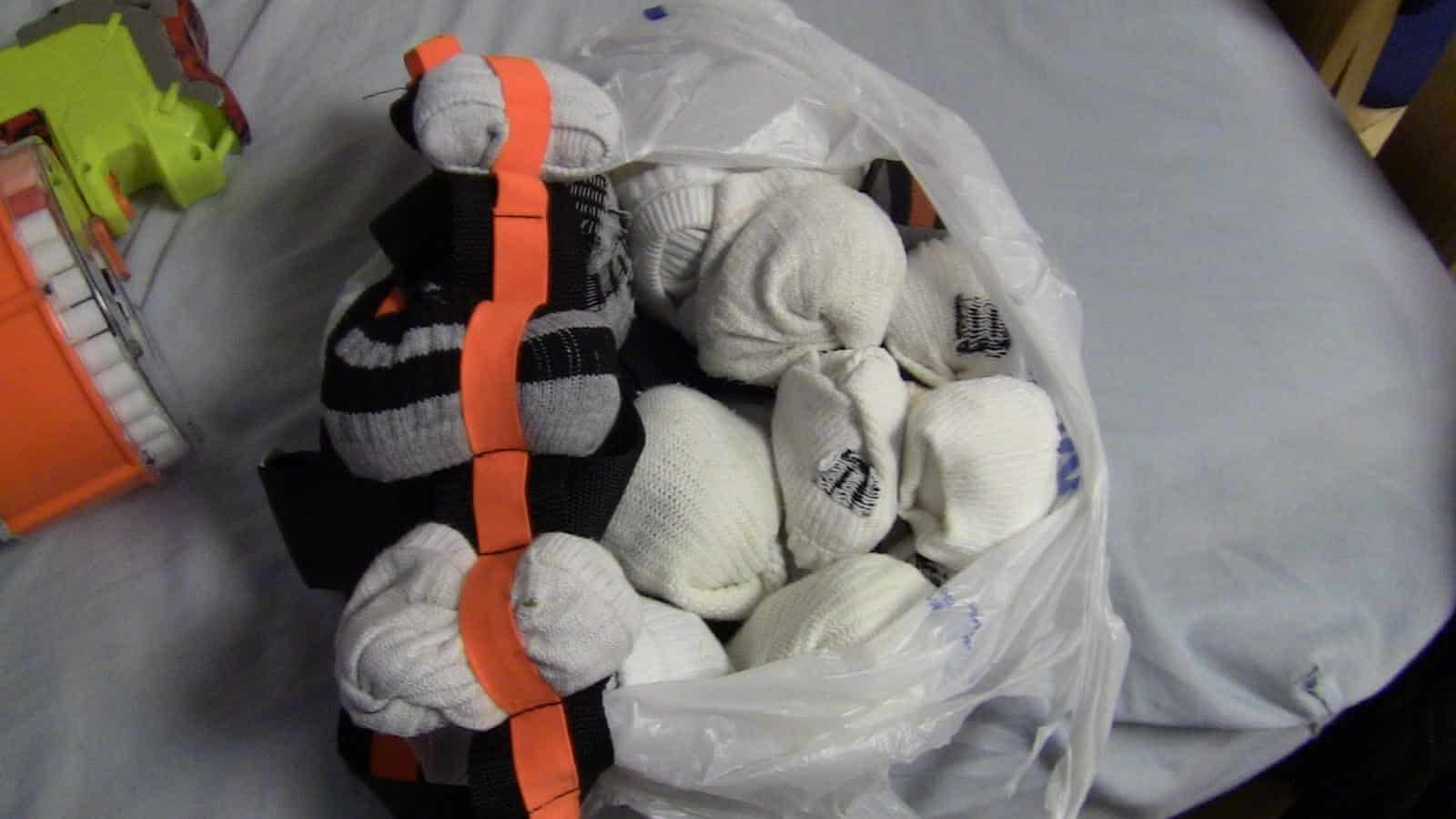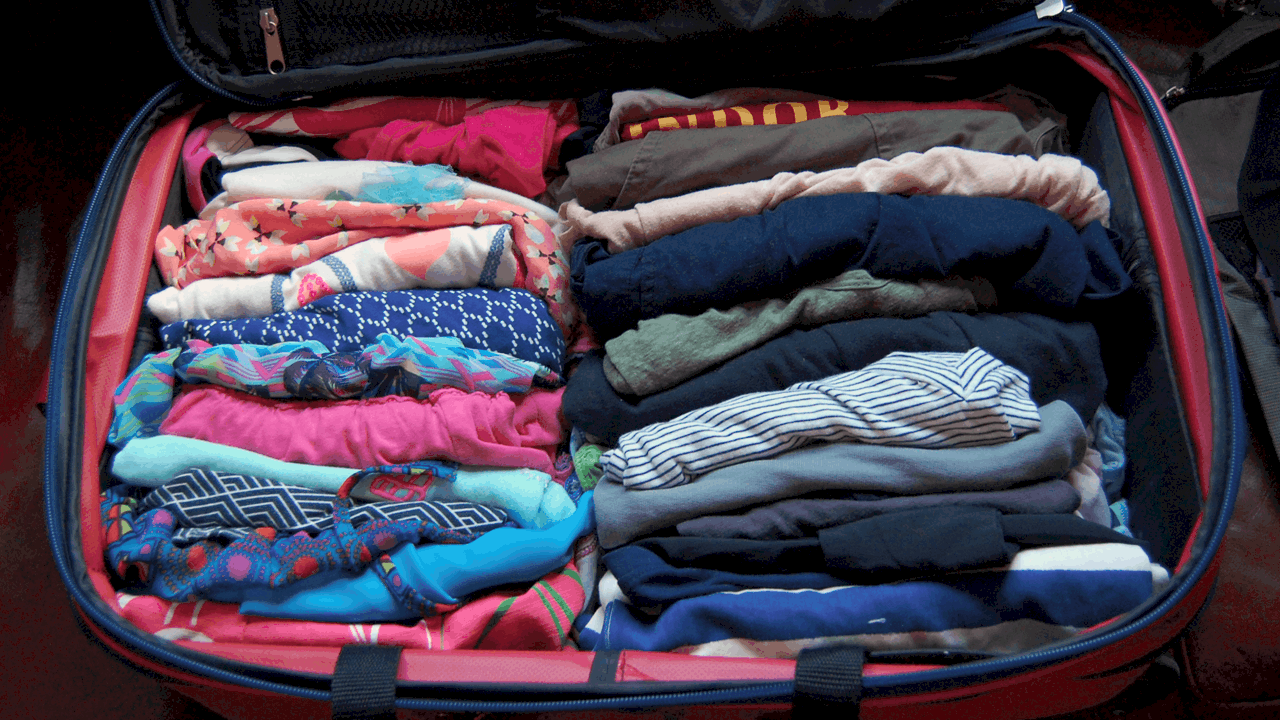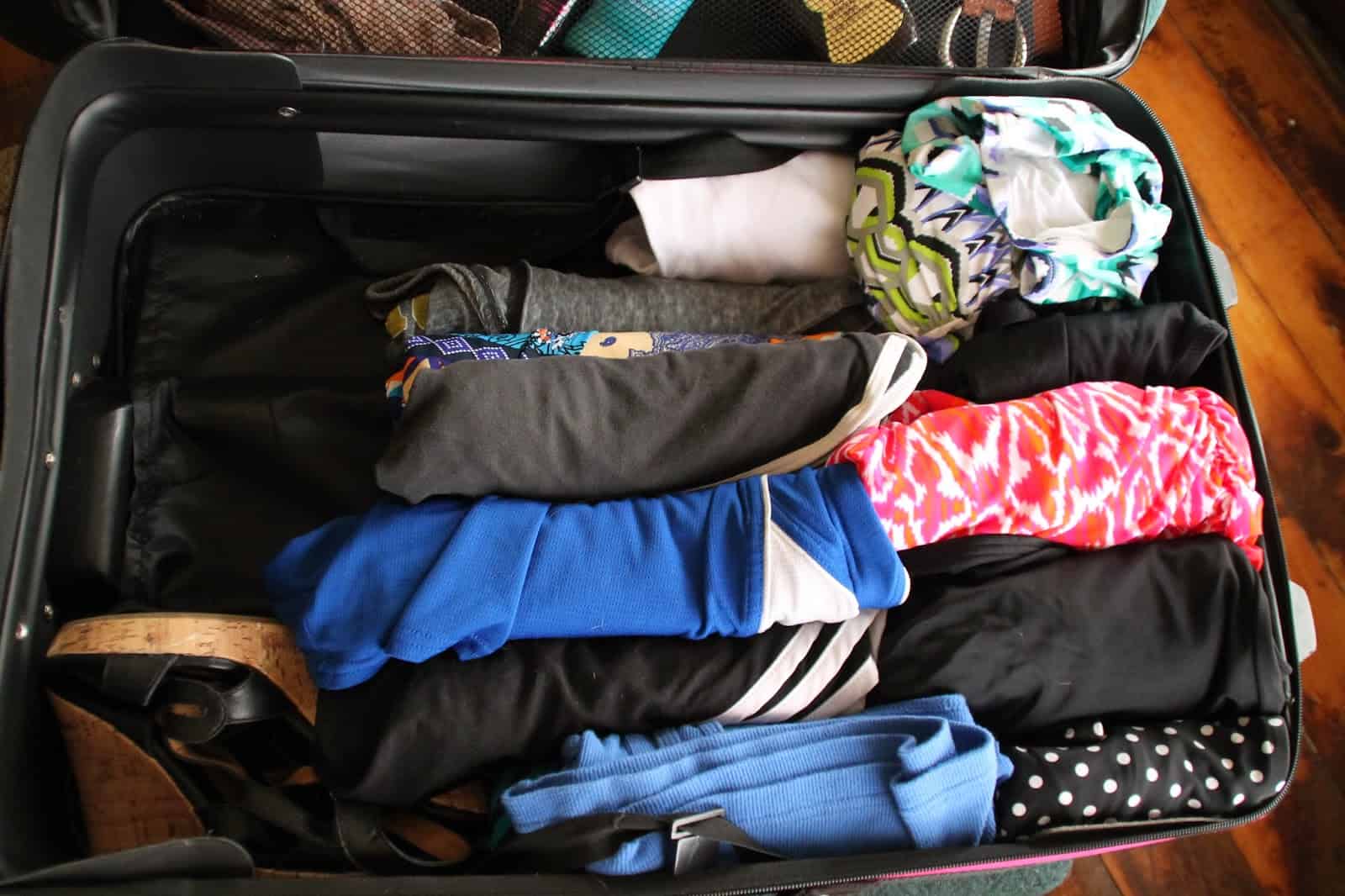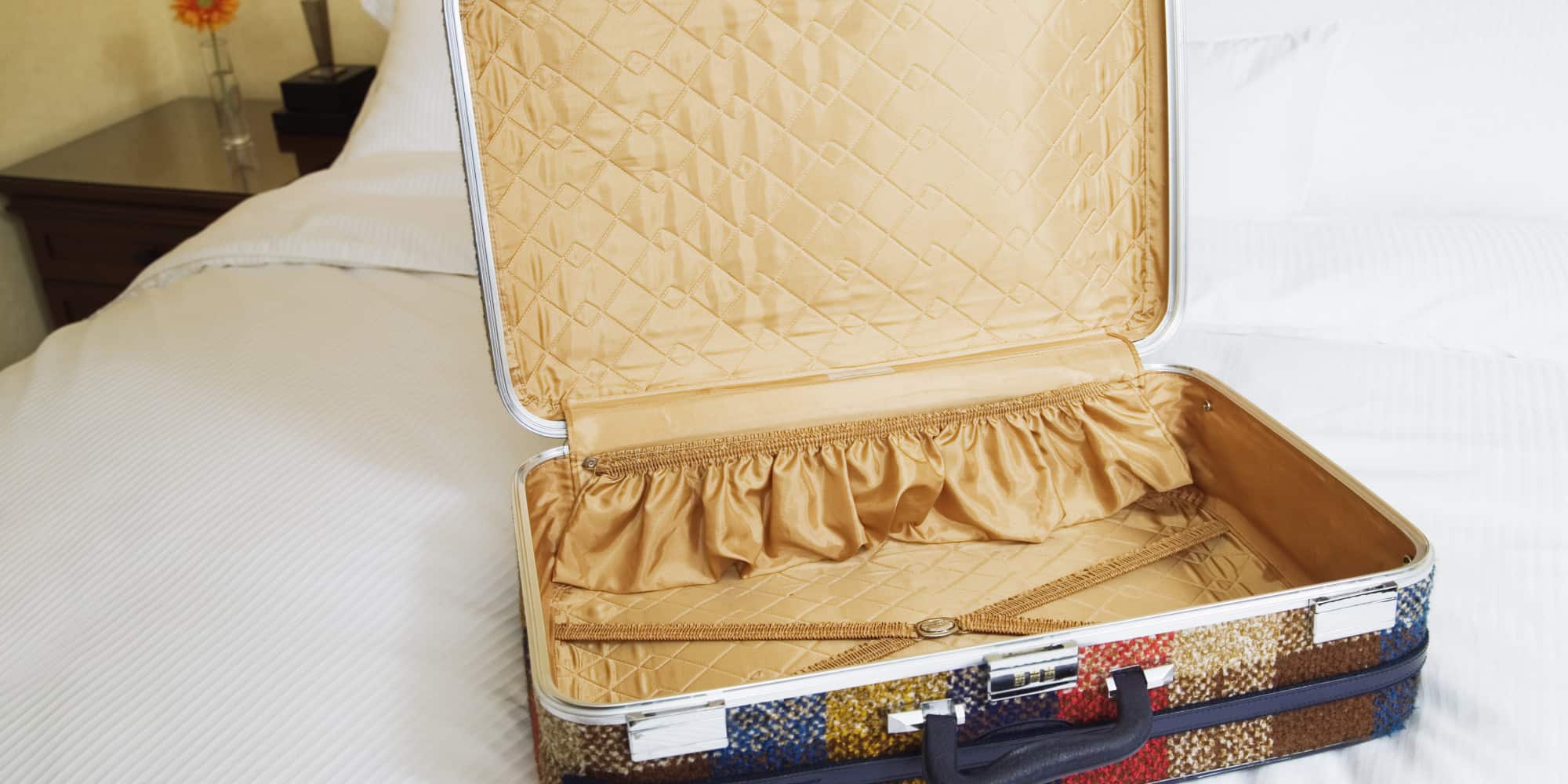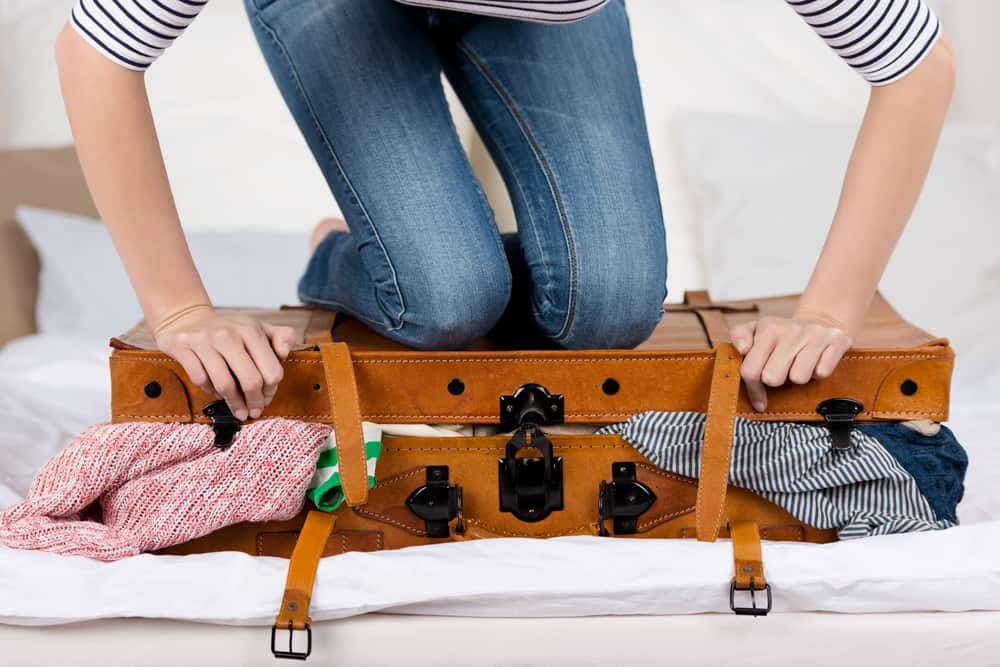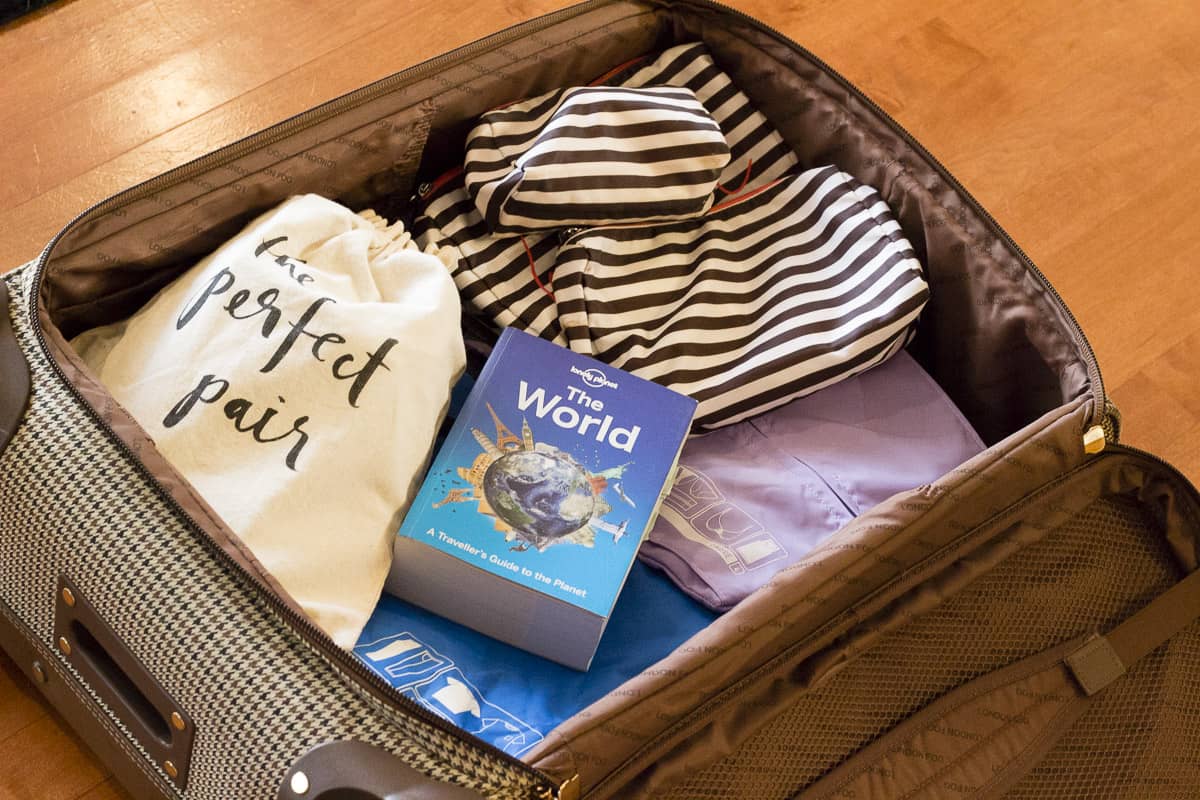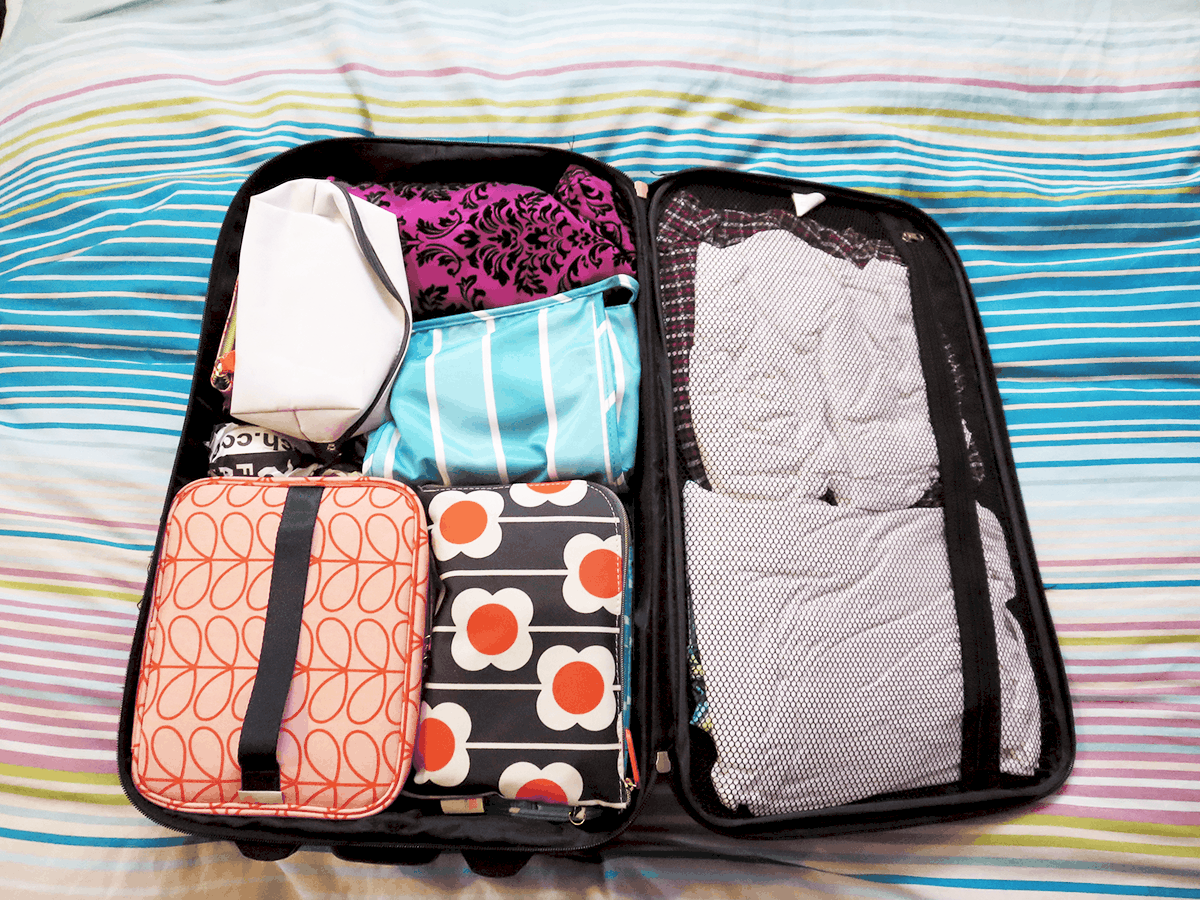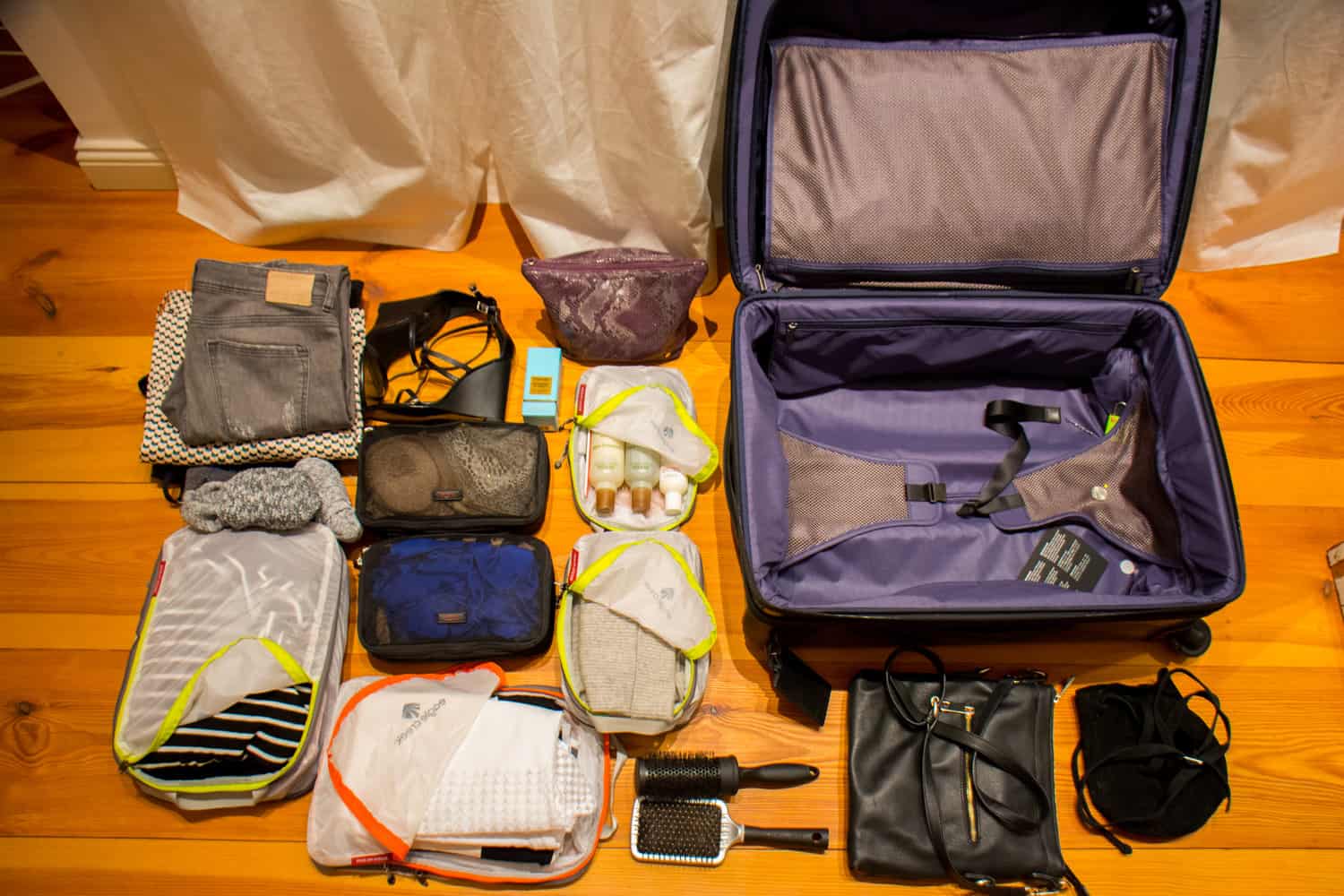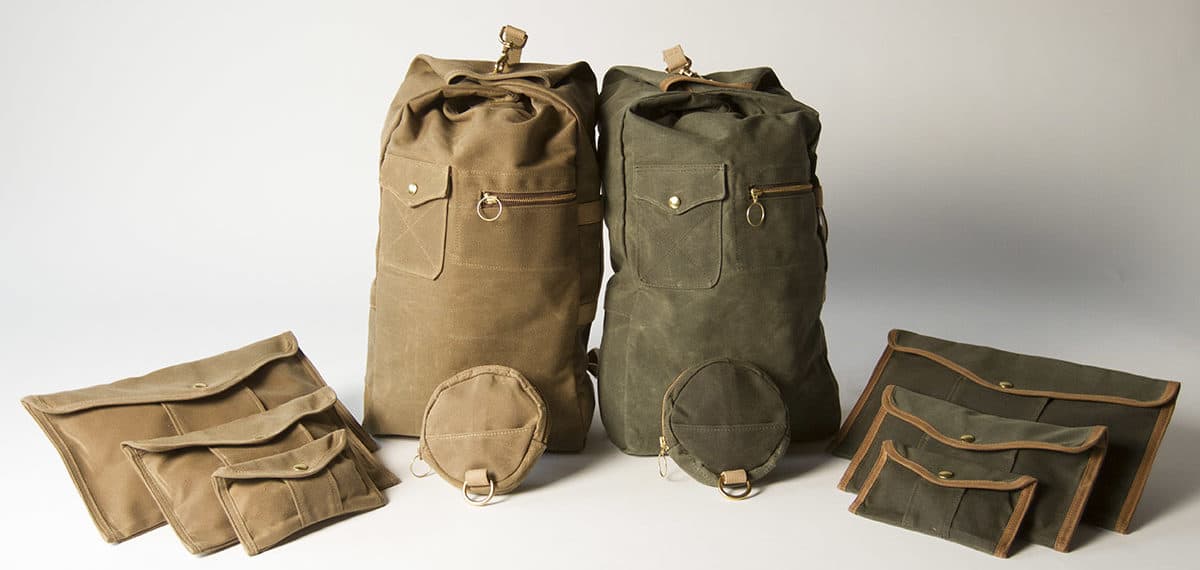The military does teach people to kill one another, but that’s actually not as big a part of it as you might imagine. There’s also learning about discipline, medicine, teamwork, leadership, survival, machines, technology, languages, international relations, and something we all can use: Packing tactics. Anyone who’s ever been to an airport has seen a member of the service in their fatigues, ready to ship out yet only hauling around their sole duffel containing their life. While these people plan to be gone for months, and you’re going only for three days to see your unlikable cousin get married before you, they have somehow condensed their supplies while you have two suitcases before your laptop bag and European Carryall even enter the conversation. That means it’s time to learn what they know and put government secrets to good purpose.
You don’t need a specialized carry-on with fourteen hundred compartments to make an impact on your packing, nor do you need any kind of weird equipment that sucks the air out of your clothes to get a tight fit in whatever bag you have around. All you need to do is ask a few Marines how they do it and listen to their replies. Here’s what they’ll tell you.
Choose Your Bag

If you’re on a budget and using a cheap or borrowed suitcase, this doesn’t really apply, but anyone can afford a duffel, and it’s often best to go with military-issued canvas, since little else does the storage job as well for the money. If you want more separation, pack it full of smaller bags. You’ll be doing that anyhow.
Set The Stage
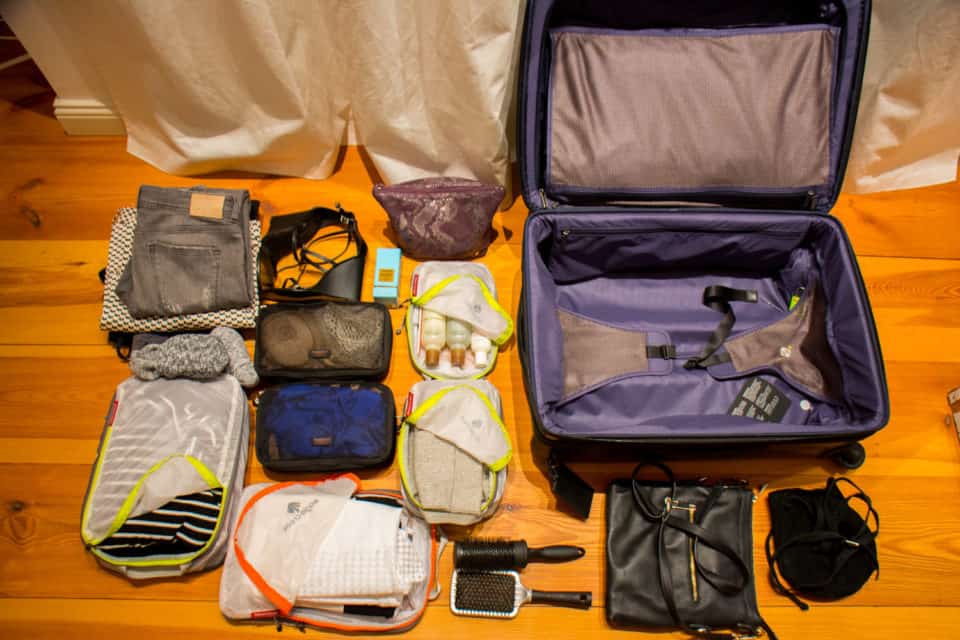
A lot of space is the first step to smart packing. Spread out and put everything that’s going to go into your bag on your bed, on the floor, on a banquet table, or the back of wrestler John Cena. This area should be free of anything but your suitcase and your gear. Using this staging area, you can see everything spread out so that you know exactly what is in the bag. Also, once something enters the staging area, it doesn’t leave except on the trip. That way you can…
Have a List

This is simple: Know what you need and check it off as soon as it’s in the staging area. Once there, leave it there so you know it’s taken care of. The list provides you a forget-me-not so you can check everything off as it goes in, and again when you’re ready to come home. An app like Forgot the Milk or Evernote are handy for this to save paper.
Pack Backwards
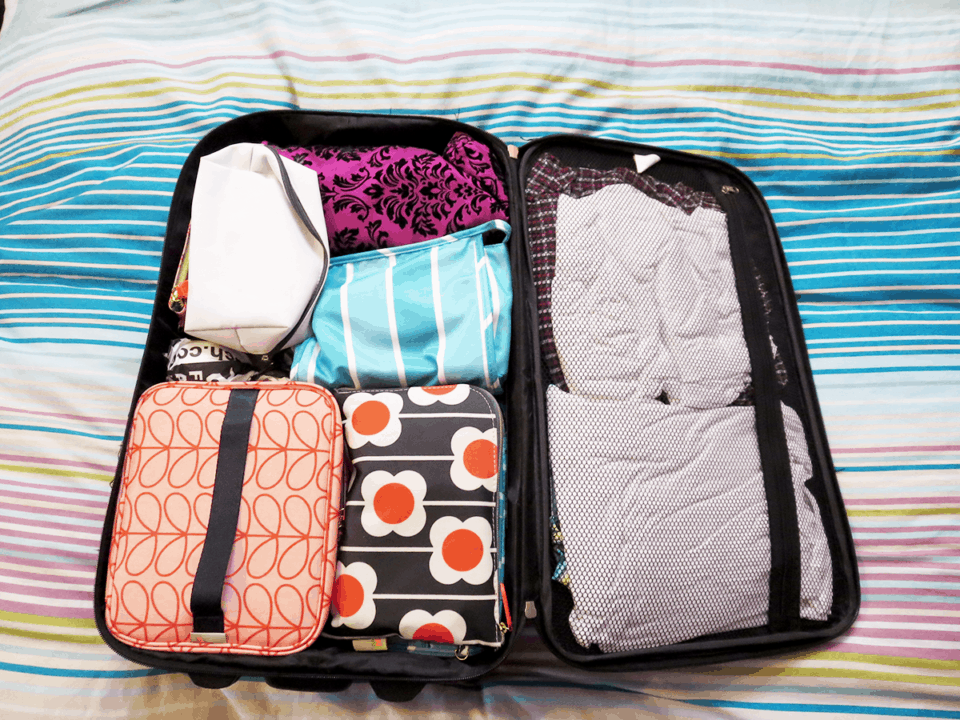
The things you need the most should be the last in the arrangement of your staging area. If you know you’re going to land at a hotel late, requiring a shower, toothbrushing, and then crashing, the last thing to go into your bag should be your PJ’s, toothbrush, and dopp kit. The first thing should be items you doubt you’ll even use, like a spare jacket on your way to Florida, or your weed on the way to Washington. This way you don’t flub your whole system digging through your bag.
Bag It Up
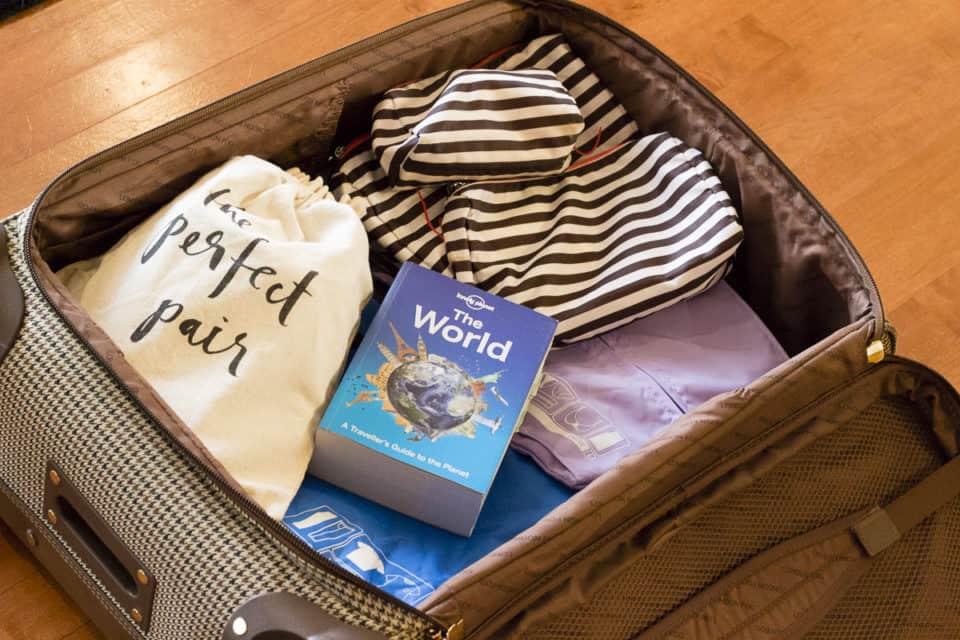
Small items such as your toiletries, your gloves, your cords, any small devices you won’t be using during the trip, any snacks or whatever might shake loose should be bagged up in basic zipper storage bags, or contained within something so that a favorite pen doesn’t find its way into a crack of your suitcase. The reason the military carry duffles is things are hard to lose in there. Small bags use that same mentality, in that losing a contact lens case is easy. Losing it when it’s in a satchel with your cleaning fluid and your spare case, and whatever else you need is far harder.
Pack

That’s it, pack it all into your suitcase.
Unpack
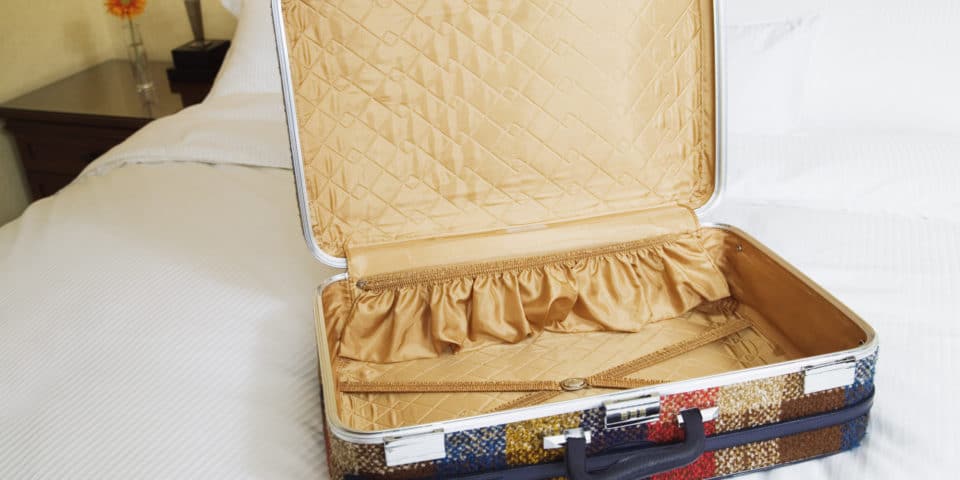
Repetition is how the military trains soldiers to take apart their service weapon blindfolded, upside down, and in water. Packing, unpacking, and repacking your suitcase is the same thing. It trains you not only how to pack, but what’s in the bag, where it is in the bag, and the fastest way to get to it. When you can reach into that Samsonite and produce items on demand from its depths, then you’re ready to pack for real. Repeat the process until you’re quite sure and sick of looking at that precious sock monkey you sleep with.
Arrange By Weight
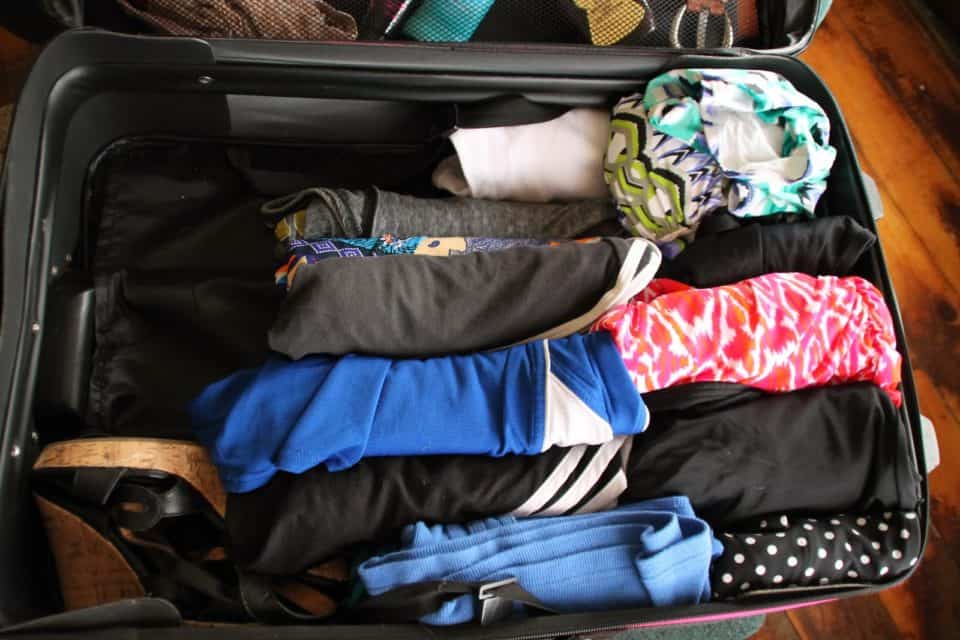
In the staging area you want to cut your bag into parts. If you’re packing a backpack, the heaviest stuff needs to go right in the middle, since that’s where your spine is. It will reduce strain if you plan on lugging it around. For a suitcase, the arrangement should be medium weight items on the bottom, heaviest in the center, lightest at the top. This makes it easier to lift, reduces awkwardness of movement, and prevents the bag from tipping over unexpectedly.
Burrito Everything
The video above shows you how to fold a shirt Army-style. Do this with your socks, your skivvies, your shirts, and anything else you can pack into a uniform burrito shape. Having everything in the same basic structure helps you put more in and eliminates waste by packing stuff down so there’s not free air that allows everything to jostle about while you’re on your troop transport. Rolling things up presses air out of the fabric, similar to a vac-bag, which keeps everything compact. Use it with bigger sleeping bags, blankets, scarves, or those flags you take everywhere to plant.
Build The Wall
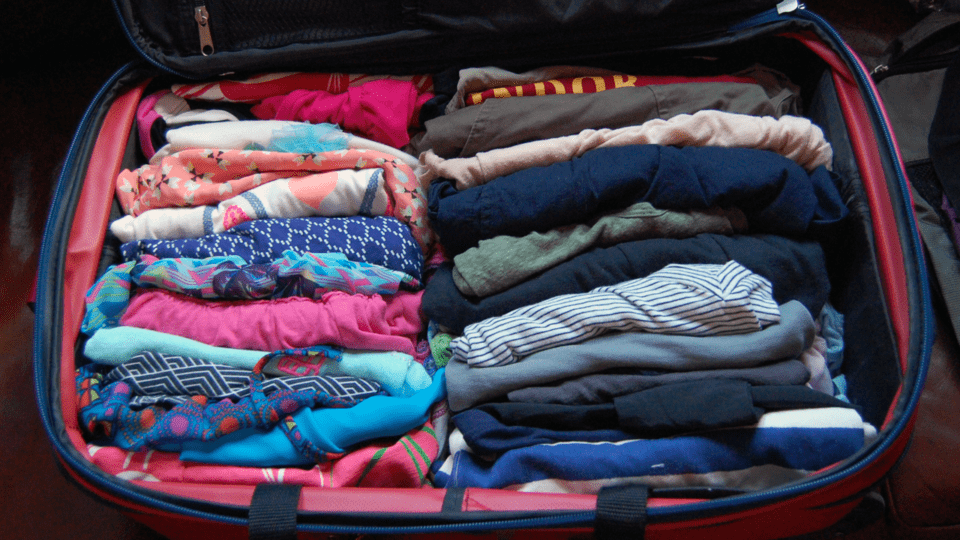
Service members advise that when packing you think of it like a wall. You’re going to use harder items like shoes or pre-packed bags as the bricks, then fill every spare inch with soft items that have been wrapped up tight. When you’re done, it should seem like a cohesive whole; a structure that could stand alone. By creating this tightly packed environment you reduce the risk of items being broken, lost, damaged, or even shifting around in transit. That makes the unpacking process a breeze.
Extra Space?
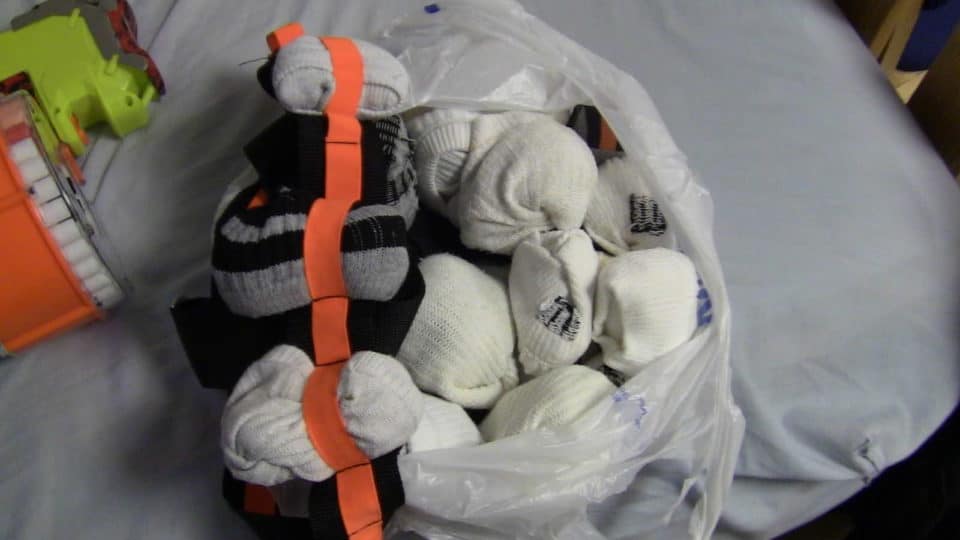
If you have additional space, either find yourself a more appropriate bag, or dummy up the space with extra clothes, particularly socks and underwear. You can’t have too many of these items, and they’re easily thrown in and taken out without any fuss. If you bring back keepsakes, you can then wrap them in the socks, or ditch the socks entirely. It’s a win.
That’s all it takes, sailor. Now you’re ready to suit up and ship out!
RELATED READING: Best Carry On Bags
